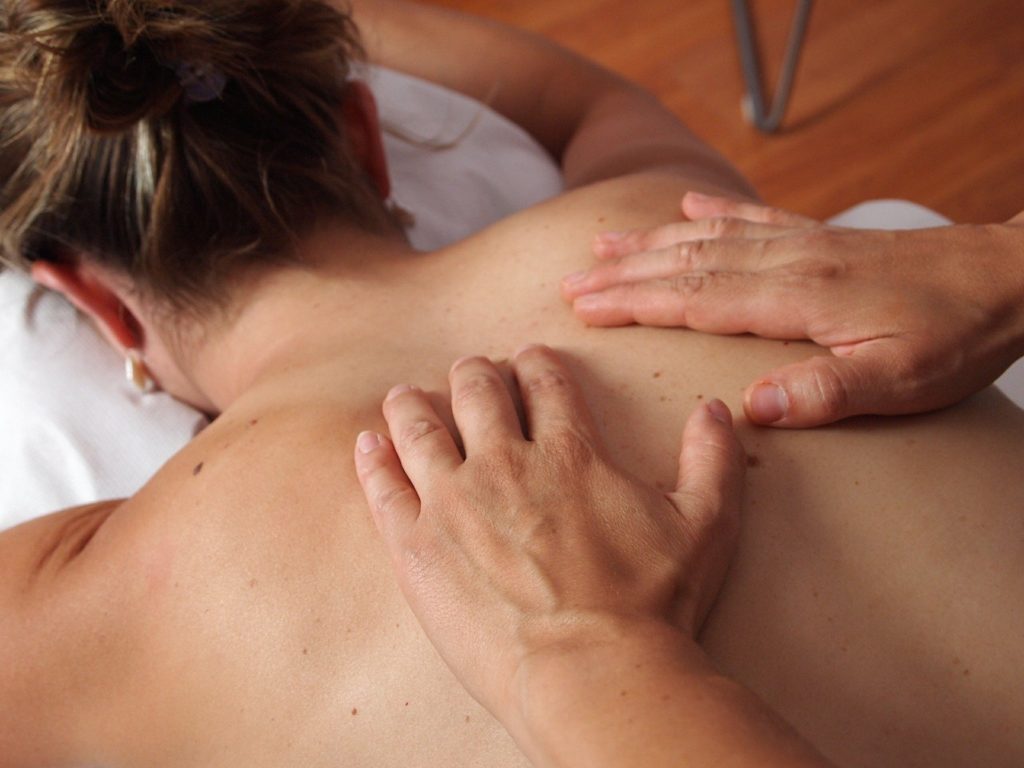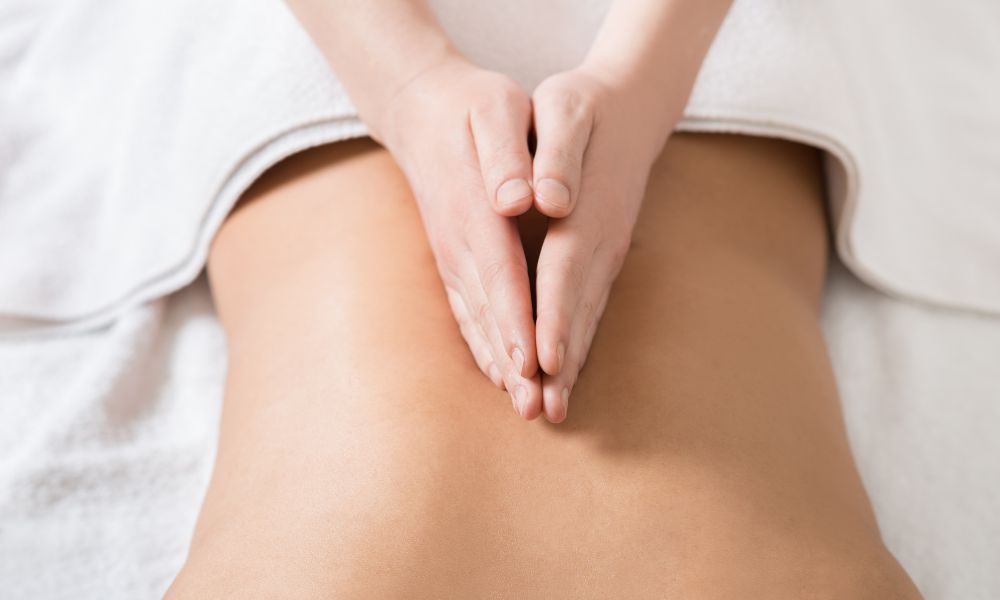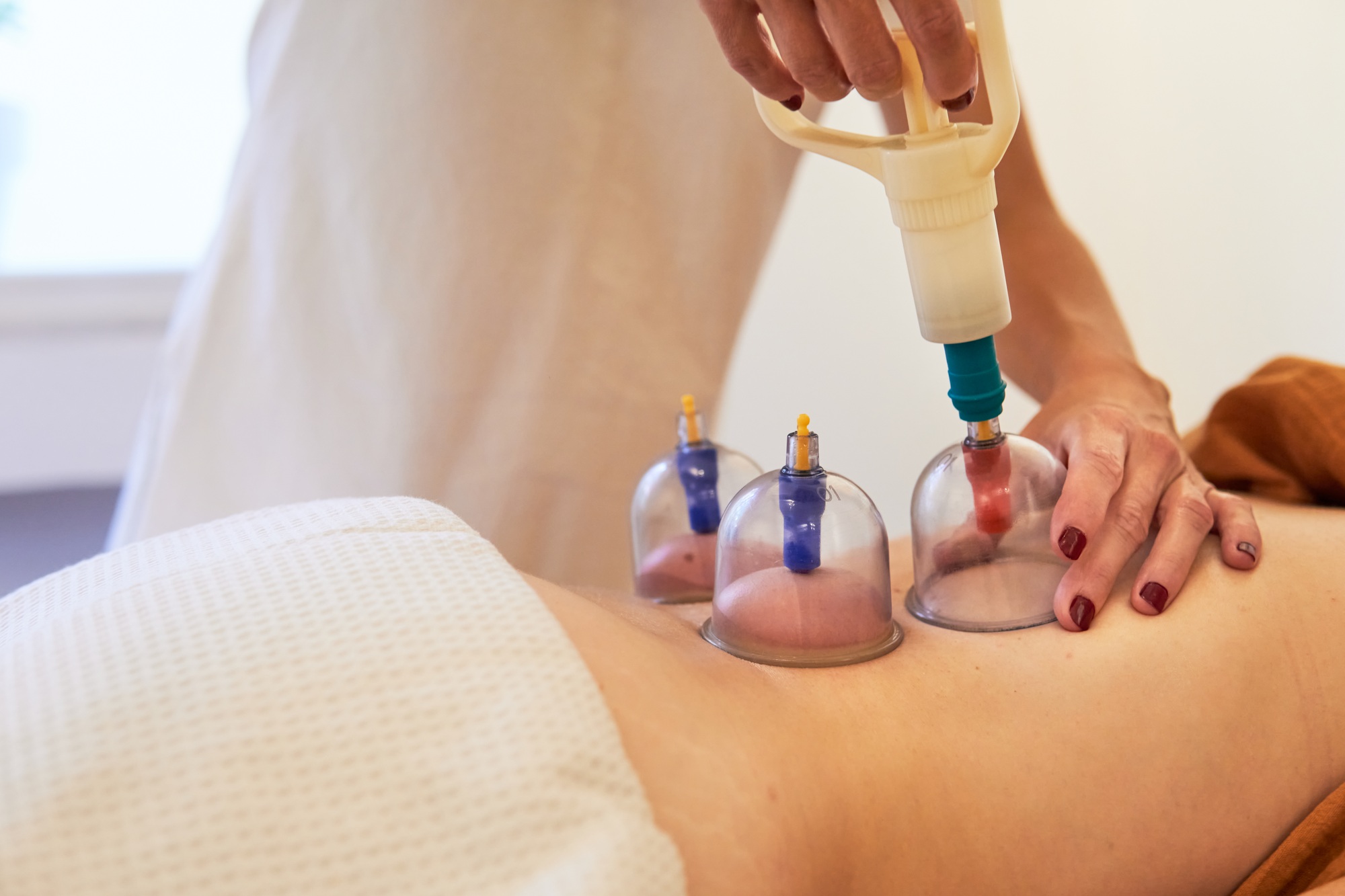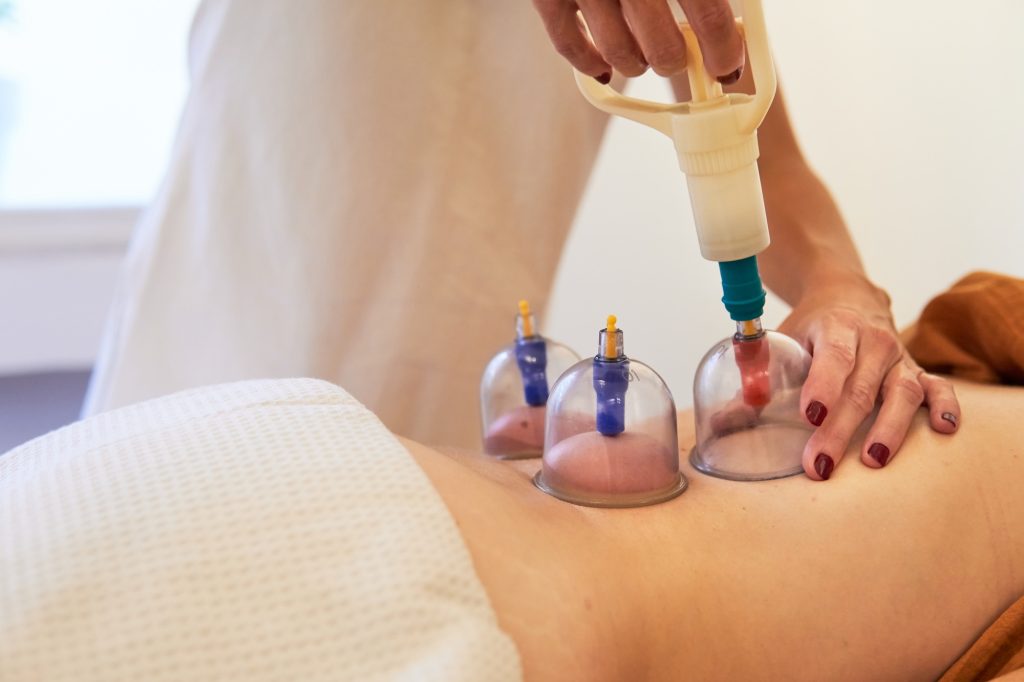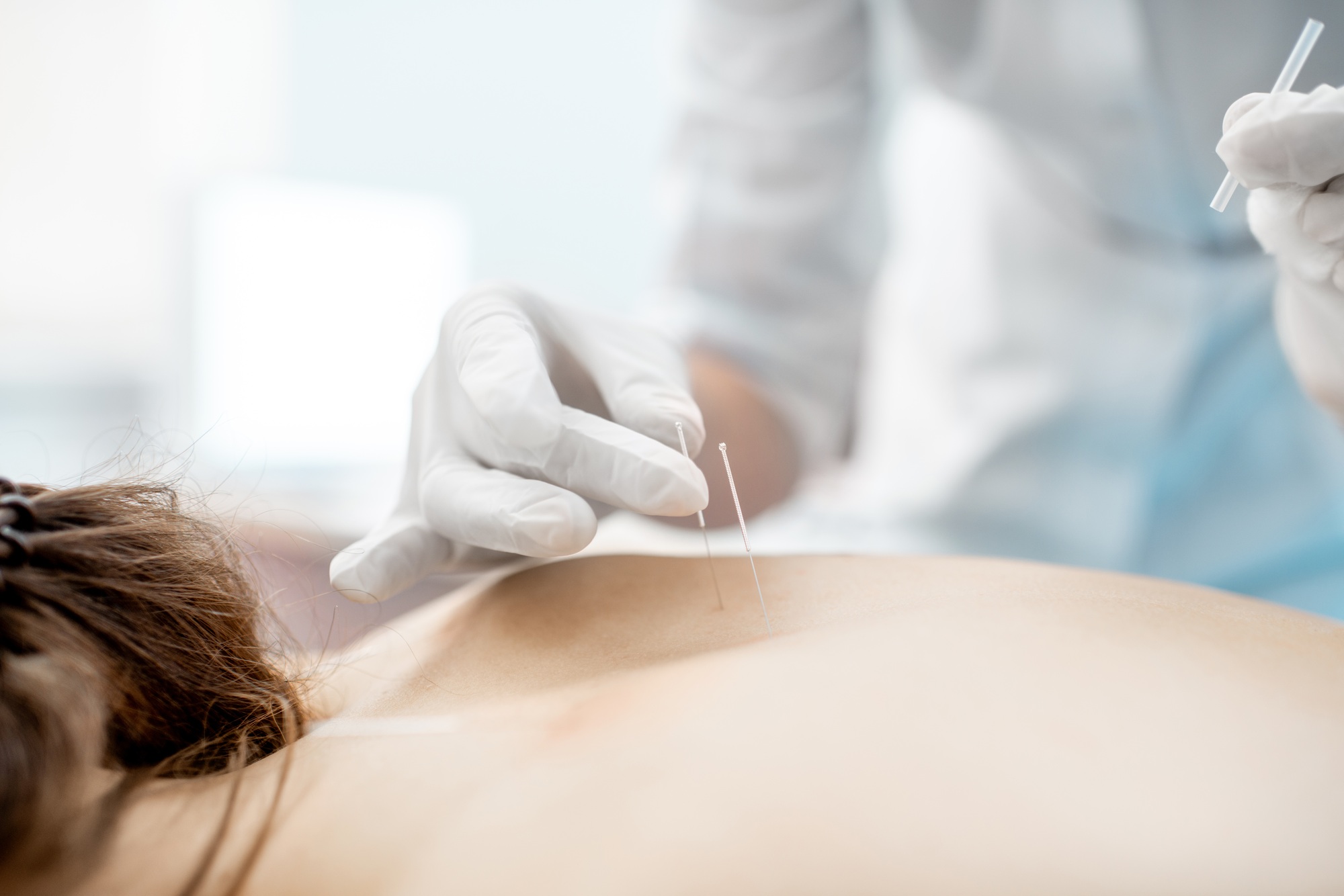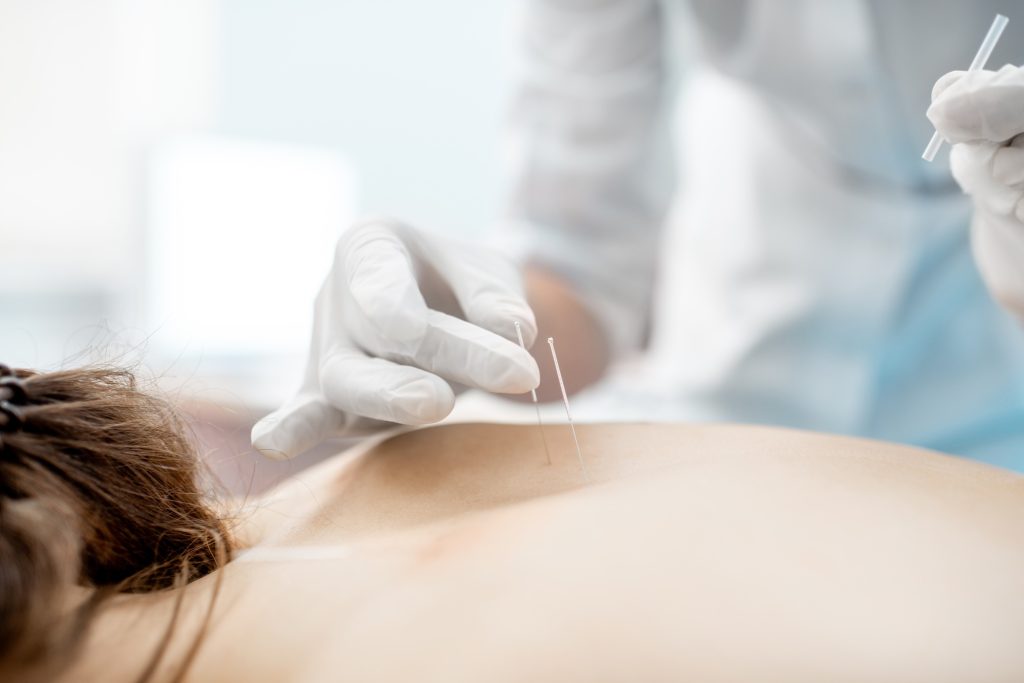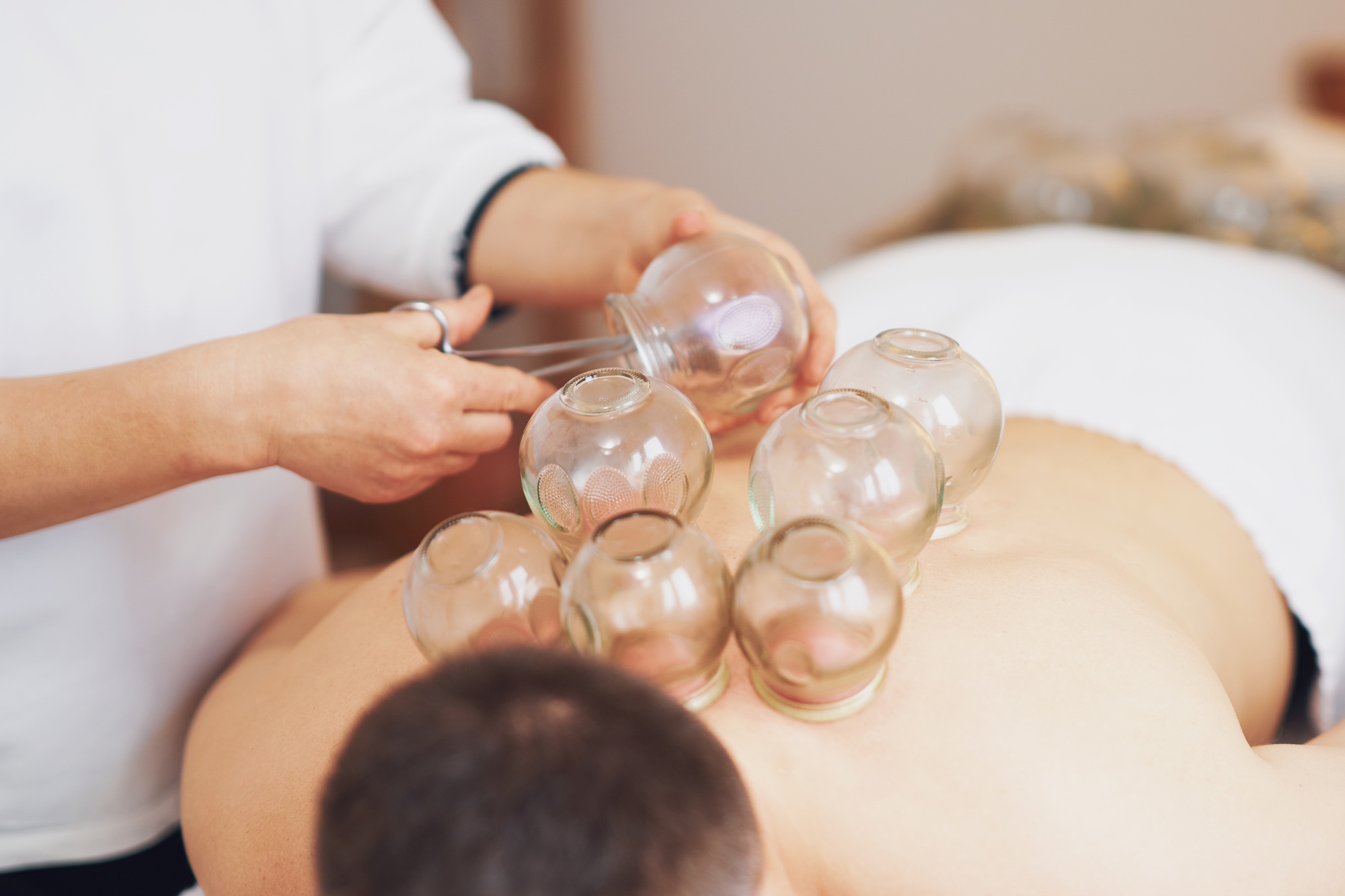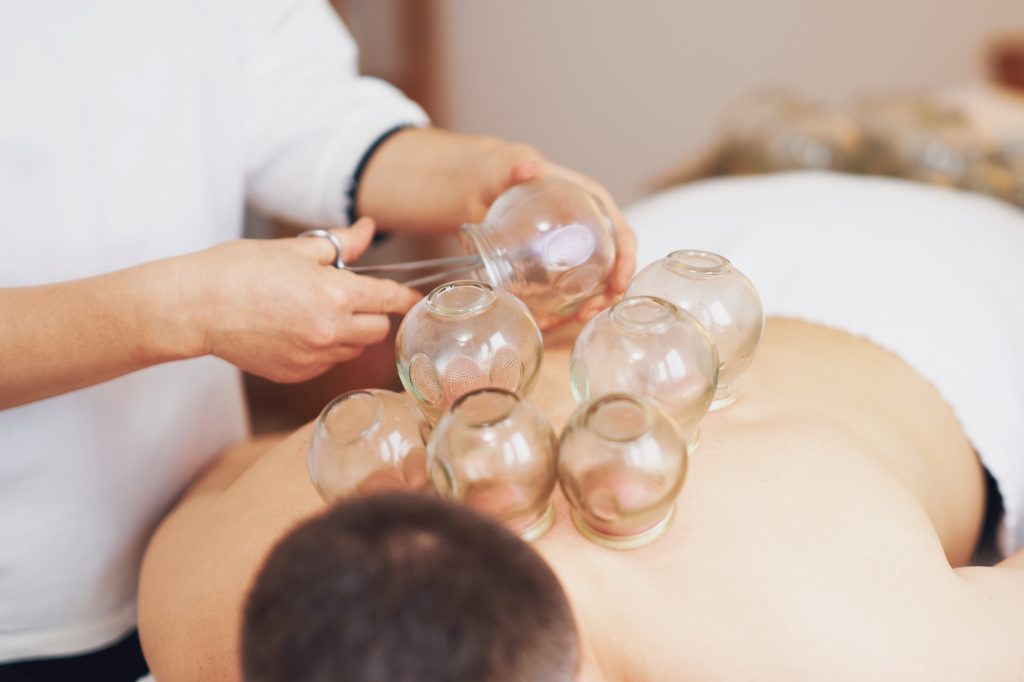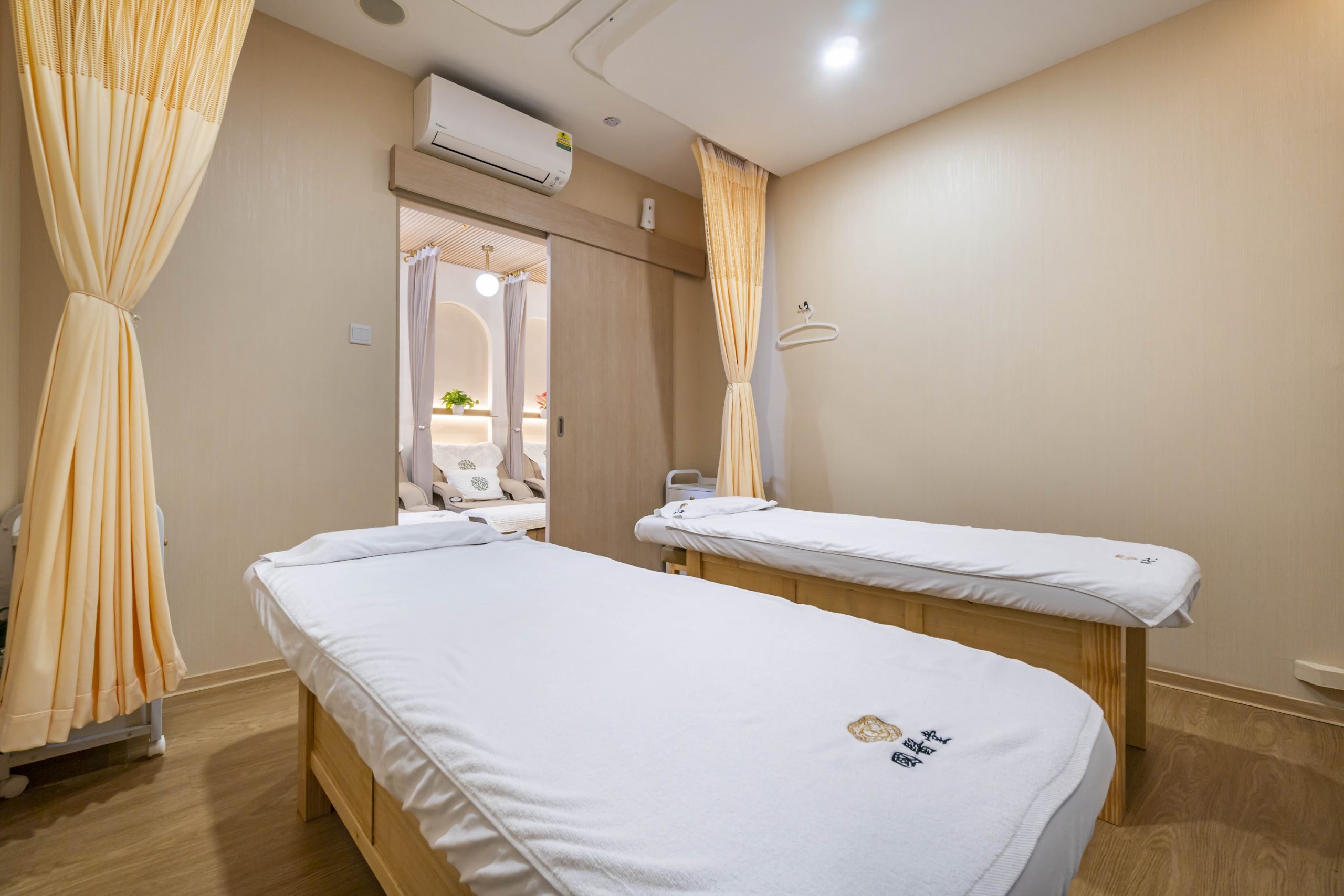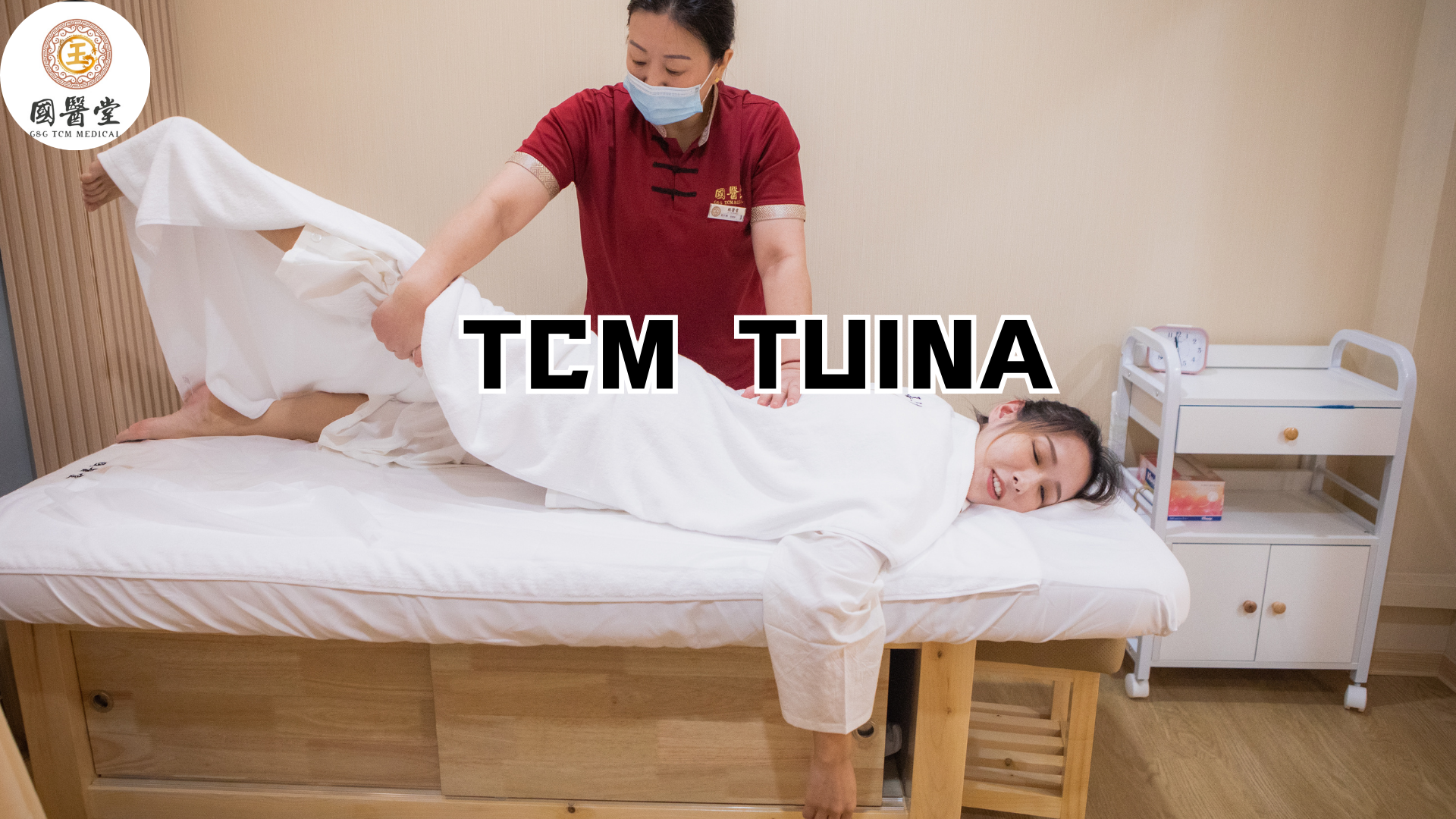The Transformative Benefits Tuina for Mind and Emotional Well-Being
Discovering the Benefits Tuina for Mind
When you think about holistic healing, few therapies match the depth and effectiveness of Tuina. By focusing on the benefits Tuina for mind, you can experience a unique approach that goes beyond physical relief to nurture emotional balance and mental clarity. In today’s busy world filled with stress and distractions, our clinic is here to guide you toward calmness and inner strength through this ancient therapy.
What Is Tuina and Why Does It Matter?
Tuina (pronounced “twee-nah”) is one of the oldest therapeutic massage techniques rooted in Traditional Chinese Medicine (TCM). Unlike regular massage, Tuina integrates pressure points, energy channels, and rhythmic movements to restore harmony within the body.
For you, this means Tuina doesn’t just ease tense muscles, it also works on the mind, emotions, and overall energy flow. As practitioners, we recognize that body and mind are deeply interconnected, and Tuina allows us to help release blockages that may cloud your thoughts or fuel emotional distress.
The Mental Health Benefits Tuina for Mind
Stress Relief and Relaxation
One of the most immediate benefits Tuina for mind is stress reduction. As our trained practitioners apply gentle yet firm pressure along meridian pathways, you will feel your nervous system begin to unwind. This relaxation response lowers cortisol levels while creating space for peace and clarity to settle in.
Enhanced Emotional Balance
Tuina also helps regulate emotions by restoring the flow of Qi, or vital energy. This balance is especially helpful when you are dealing with mood swings, irritability, or emotional exhaustion. Many of you describe feeling lighter, calmer, and more centered after a session.
Improved Focus and Clarity
In today’s fast-paced world, it’s easy for your mind to feel scattered. Tuina stimulates circulation and energy flow in the brain, supporting sharper thinking and mental clarity. By promoting deep relaxation, Tuina helps you concentrate better and remain present.
Why Tuina Stands Out from Other Therapies
Unlike typical massage techniques, Tuina is not just about muscle relaxation. Its foundation in Traditional Chinese Medicine means every movement is intentional and aligned with restoring balance in body and mind.
While other therapies may stop at relieving surface tension, Tuina goes deeper , addressing the root causes of imbalance that affect mental and emotional well-being. This makes Tuina a preferred choice for those of you who want to feel healthier on multiple levels, not just physically.
Scientific Support for the Benefits Tuina for Mind
Although Tuina is ancient, modern studies continue to highlight its effectiveness. Research has shown that Tuina therapy can help reduce anxiety symptoms, improve sleep quality, and enhance overall mood. These findings align with centuries of practice, giving us confidence that the benefits Tuina for mind are more than tradition , they’re also supported by modern science.
Integrating the Benefits Tuina for Mind into Your Wellness Routine
Incorporating Tuina into your lifestyle doesn’t have to be complicated. You can start with regular sessions, perhaps weekly or bi-weekly, depending on your needs. Pairing Tuina with mindfulness practices, balanced nutrition, and gentle exercise like tai chi can amplify its effects on your mind and emotions. Our role is to provide you with consistent, expert care so you can enjoy lasting balance and resilience.
Who Can Benefit the Most?
While anyone can experience the calming power of Tuina, certain groups may find it especially helpful:
- Professionals dealing with work-related stress.
- Students struggling with focus and mental fatigue.
- Individuals recovering from emotional challenges or burnout.
- Anyone seeking a holistic, non-invasive therapy for mind-body wellness.
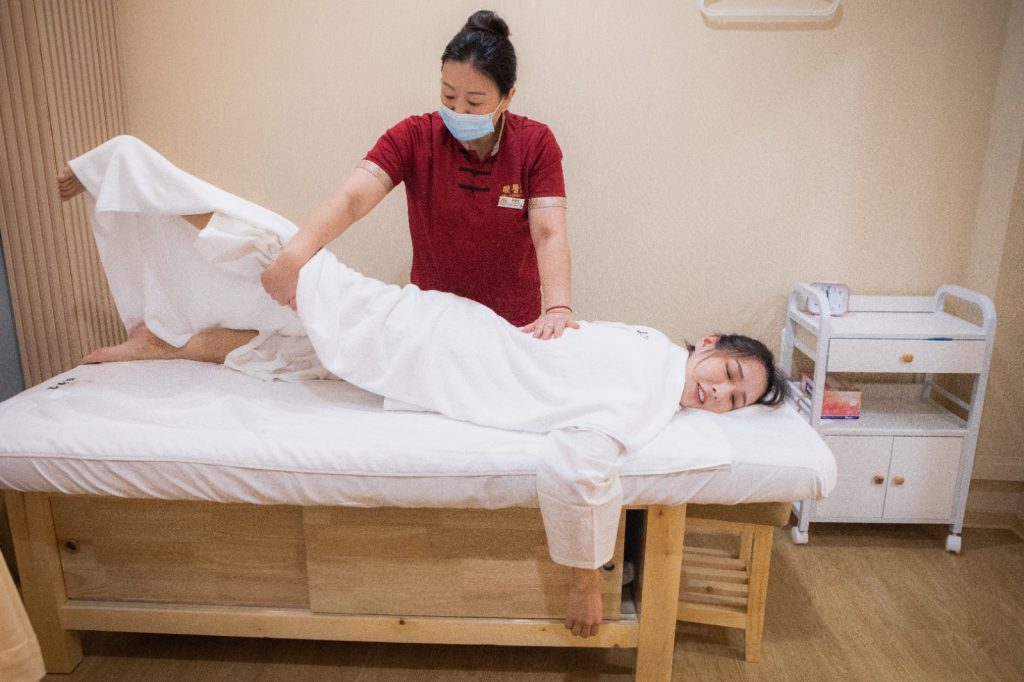
Where to Begin Experiencing the Benefits Tuina for Mind
The benefits Tuina for mind are profound, ranging from stress relief and emotional balance to improved clarity and focus. By choosing this therapy, you open yourself to a healing tradition that nurtures both body and spirit. If you’re interested in seeing how we bring this approach alive at our clinic in Singapore, you can explore our dedicated page on Tuina Therapy Clinic Singapore.
If you’re ready to explore how Tuina can transform your well-being, we invite you to visit G&G TCM Clinic to learn more and book your first session.
FAQs Section
What is Tuina and how does it work for the mind?
Tuina (or Tui Na) is a traditional Chinese massage therapy that has been practiced for over 2,000 years. It combines massage, acupressure, stretching, and body manipulation techniques to balance the flow of “Qi” (energy) in the body, which helps reduce stress and calm the mind.
What are the mental and emotional benefits of Tuina?
Tuina has been shown to reduce stress, anxiety, and improve sleep quality. It can promote emotional balance, relaxation, and may even help with conditions such as insomnia and post-stroke depression.
Is there scientific evidence supporting Tuina’s benefits for mental health?
Yes. Research indicates that Tuina can improve sleep quality and reduce anxiety and depressive symptoms by enhancing serotonin levels. Some studies also suggest its potential in alleviating symptoms of depression.
How often should someone receive Tuina sessions for mental well-being?
The ideal frequency depends on individual needs. For stress and sleep issues, one to two sessions per week can be beneficial. Some studies show effective results with six sessions over three weeks.
Is Tuina only for physical conditions, or does it also help with mental health?
Tuina is holistic, it benefits both body and mind. While it’s effective for physical issues like back pain, neck stiffness, and arthritis, it is also highly valuable for stress relief, better sleep, and overall psychological well-being.




